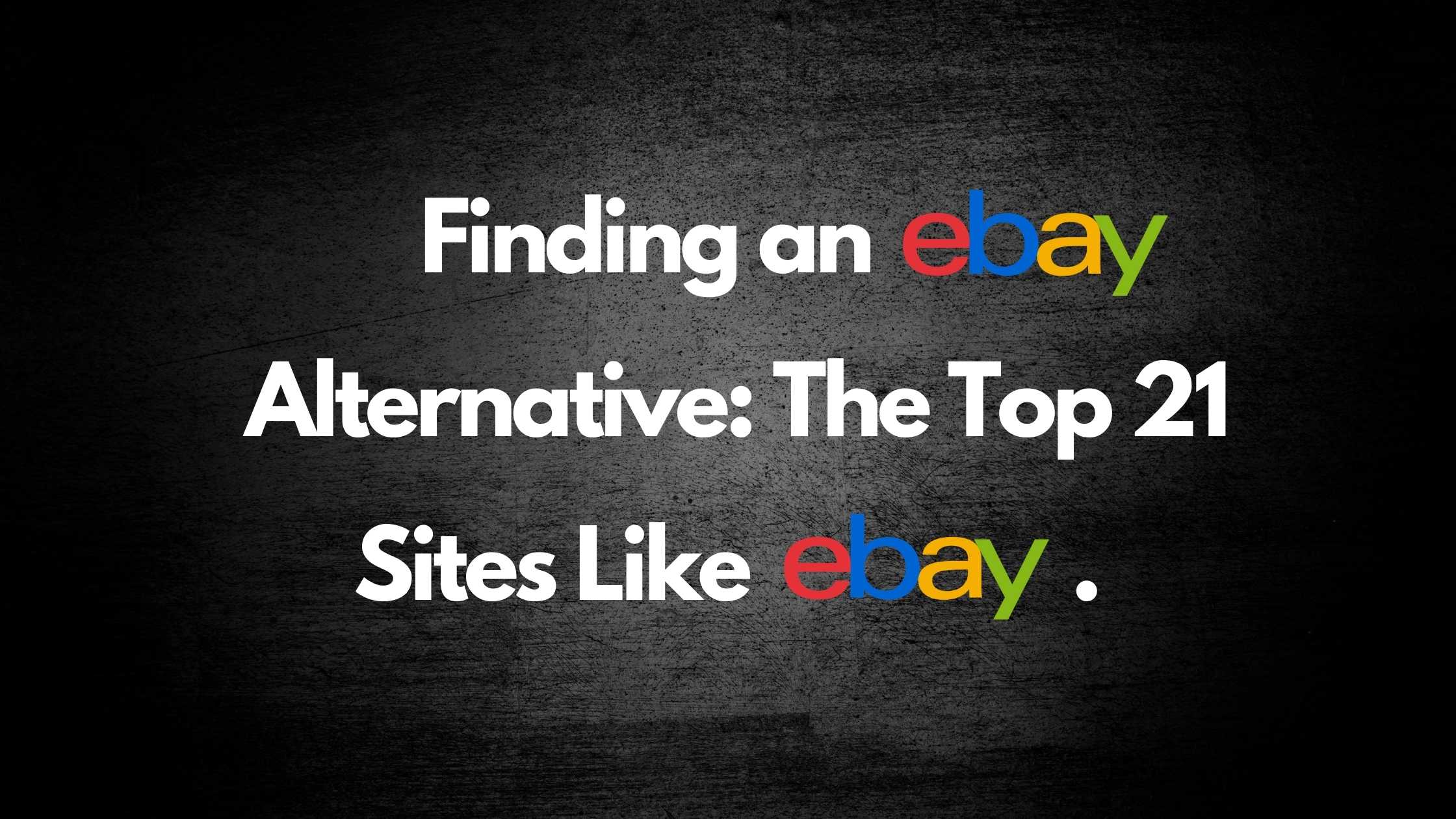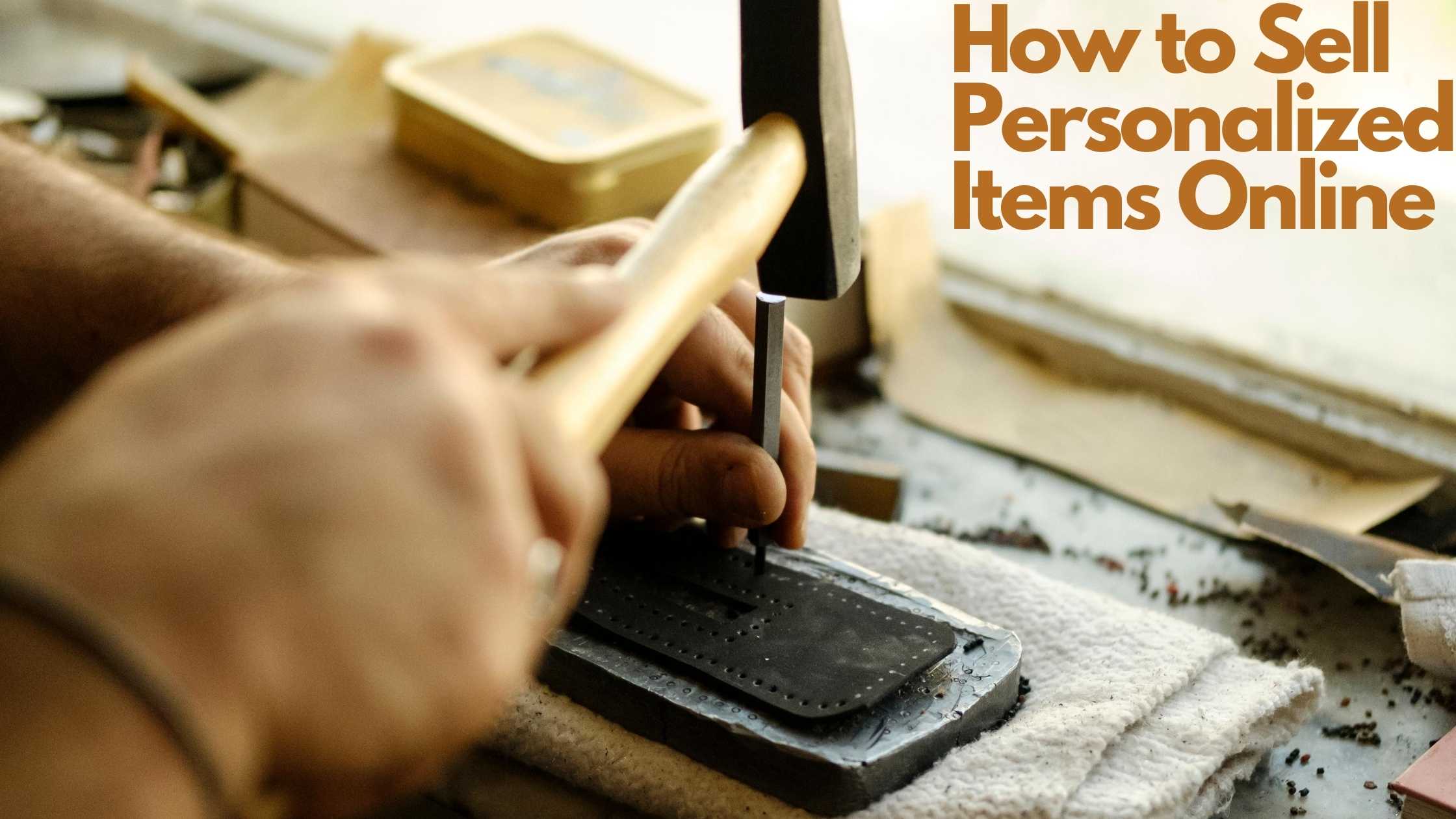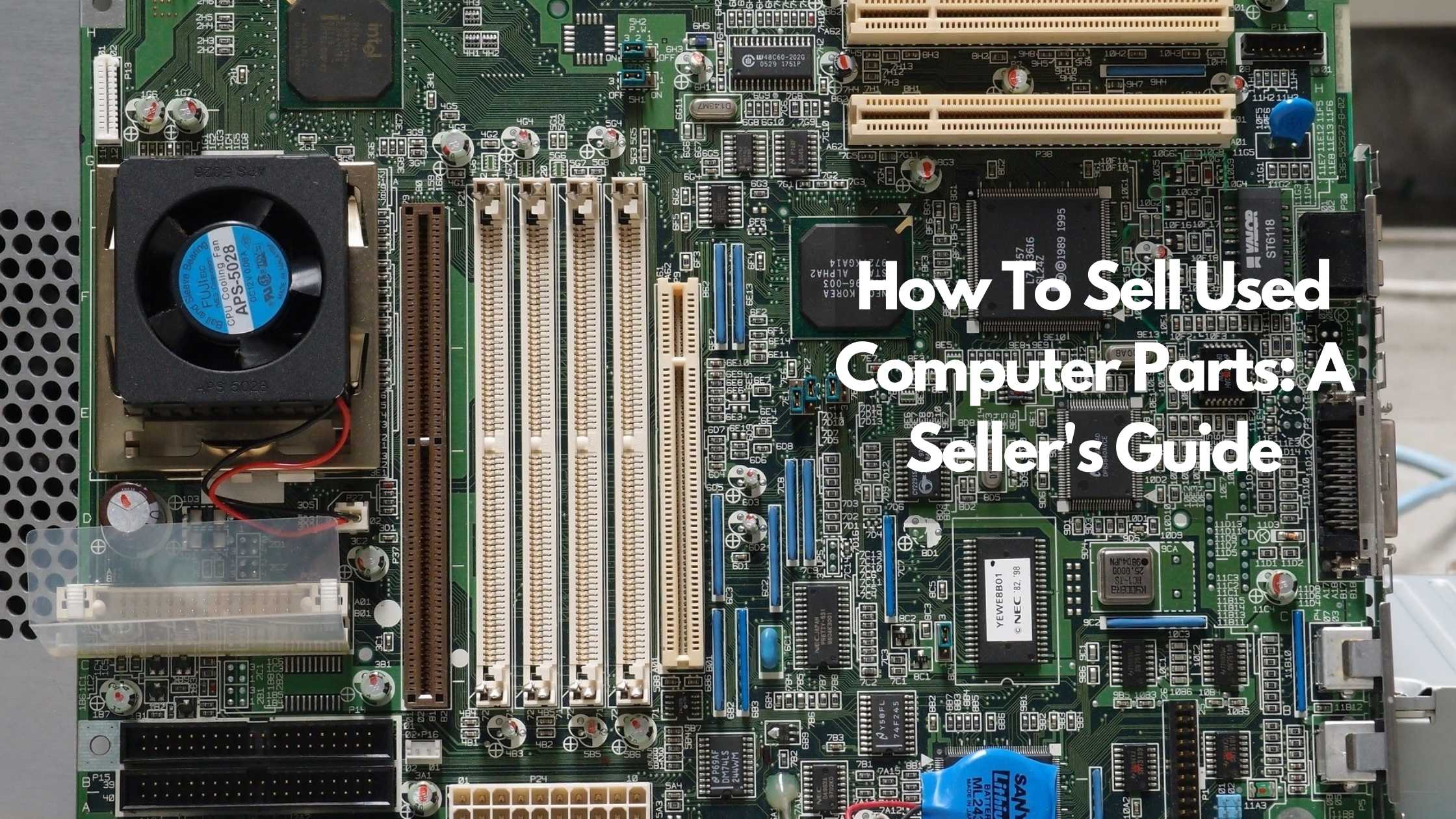
Here is How to Sell Personalized Items Online

If you have attempted to sell personalized items on popular e-commerce marketplaces, you are probably already aware of the struggle: You spend countless hours preparing, listing, and packaging your items, but by the time you are finally able to locate a buyer and agree on a price, taxes are taken out, and the platform takes its cut—the remaining profit is menial.
While online commerce has eliminated traditional overhead expenses related to in-person business, the costs of making transactions can add up in a hurry for those who are not scrupulous in their methods. The low-cost barriers to entry also make online retail flooded with competitors, so you must optimize your niche to give customers what they are looking for.

Best Practices for Selling Personalized Items Online
The term “personalized item” can mean many things when referring to online commerce. Some common examples of merchandise that may fall under this category include the following:
- Hand-crafted or custom-made items made by private artists or artisans
- Used or previously owned merchandise
- Memorabilia that is valuable due to an autograph, unique defect, or famous previous owner
While there is a potentially much longer list of what could be considered personalized items, it can generally be accepted that this type of merchandise will not be found in traditional retail centers, making online platforms the best method for connecting with customers.
To increase your chances of locating a buyer and maximizing profits, the following best practices should be used:
- Understand Your Platform’s Fee Structure
Although listing personalized items online is undoubtedly cheaper than renting a building, paying employees, and setting up shop on the corner of Main Street, online platforms still have to make their own profit, which is typically captured in the form of listing, transaction, and/or final value fees.
The issue is that the fee structure on most platforms is difficult to interpret, with rates changing based on the type of item, the quantity of items listed, the length of time listed, and/or the amount of the final sale price.
As if this is not enough to wrap your head around, many platforms will not give you a fee estimate upfront, choosing to send you an invoice at the end of the month that leaves you wondering how selling an item online could actually cost you money.
Therefore, no matter how complicated and time consuming, it is essential that you take the time to figure out how much you will owe in fees once the sale process is complete. To simplify this process, it is best to use platforms such as Sheepbuy that have no selling commission or any hidden fees.
- Take Lots of Pictures
Uploading pictures is the name of the game in online commerce, and even more so when dealing with personalized items. While customers may not have to do much looking before ordering a popular product such as an iPhone 11 or PlayStation 4, they are going to want to see your personalized item from every angle before clicking the “buy” button.
Some helpful suggestions when photographing personalized items include:
- Extra attention to unique workmanship for personalized crafts and artifacts: Show them why your hand-crafted recliner is a better purchase than a generic IKEA model.
- Give extra focus to any signs of wear or damage on used or previously owned items: While the temptation can be great to hide these defects, customers will be furious if they feel like they were tricked into buying an inferior product, with low ratings ending your career as an online vendor before it could take off.
- For any valuable pieces of memorabilia, make sure to include clear pictures of any documents or certificates that verify their authenticity.
The bottom line is that the more pictures, the better, so it will be worth your time to invest in a high-quality smartphone or smart camera that can quickly capture HD images and upload them to the Internet.
- Add Robust Item Descriptions
Just like with pictures, the more, the merrier when it comes to describing your personalized items. While people do not like long blocks of text and have a general aversion to reading in recent years, they are likely to lengthen their attention span when it comes to spending their hard-earned money on a unique product that they cannot touch or test in-person.
Some effective techniques for your item descriptions include:
- Bulleted lists over paragraphs. As most e-commerce takes place from smartphones, lists are far easier to read and more likely to hold the attention of a mobile shopper.
- Avoid hyperbole. You do not want to sound like a snake oil salesperson. Honest, concise descriptions of your items are more likely to resonate with prospective buyers.
- Use italics or boldface to highlight important features. Specifically, anything that may draw the ire of a customer, or anything the customer may not reasonably expect from a similar item, should have attention called to it.
Another reason to include such robust product descriptions is for search optimization purposes. The more descriptive words you use, the more likely your item is to show up in a search. Do some research to see what kind of descriptors are being used for similar, trending products before writing a description of your own.
- Offer Free Shipping—But Be Careful
It may not make sense, but studies have shown that customers are much more likely to buy a $20 item that offers free shipping over the same item, priced at $15, but requires them to pay $5 in shipping and handling.
Therefore, offer free shipping for your online listings, but make sure that you know ahead of time what the shipping costs will be and charge enough in the listing price to cover these costs. You do not want to be the vendor who charges $10 for an item and offers free shipping, only to figure out after the fact that the cost of shipping eats up the list price.
Shipping costs can be notoriously fickle, with a pair of jeans carrying a $12 shipping cost when measured by the ounce, but half of that when packaged into a flat-rate box. Do your research ahead of time and figure out what the most cost-effective shipping method will be for your item type.
Some other good ideas for lowering your shipping and handling costs include:
- Use media mail for books, videos, and any other type of digital media. Although media mail is significantly cheaper, check if your items qualify for media mail before shipping, as those caught sending non-qualifying items via media mail can face penalties.
- Do not assume that flat-rate packaging will be the most cost-effective. Although the “if it fits, it ships” philosophy generally saves money, small items may be cheaper to ship by the ounce.
- Buy boxes, mailers, and packaging tape in bulk to achieve economies of scale and avoid unnecessary trips or orders from the office supply store.
- Do Not Ship Until Payment is Received
If you are new to the world of e-commerce, it can be extremely exciting to receive an order, and you might be so anxious to satisfy your customer that you send the item in good faith with the expectation that the buyer will honor his or her commitment to pay.
The reality is that online shopping is a haven for fraudulent activity, so never send items that have not had a payment clear. There are several platforms, such as PayPal, Venmo, and Zelle, that allow for instant, secure online payments, so do not buy the “I can only pay by check” scam. If they have the technology to shop online, they have the technology to pay online, too.
Conclusion
Online marketplaces offer an outstanding atmosphere for selling personalized items. However, to ensure maximum profits, vendors must choose platforms with easy-to-understand fee structures like Sheepbuy. Furthermore, each listing should use a plethora of high-definition pictures and descriptive copy to optimize searches and help buyers understand why the unique items are worthy of a purchase.
Recommended Blog Posts:
TRENDING


Online Arbitrage for Beginners (Step-by-Step Guide)

17 Types of Arbitrage Strategies to Turn a Profit

Is Retail Arbitrage Legal?

How to Turn Textbook Arbitrage into a Business for Profit

How Can You Tell if a Book is a First Edition?

What to Do With Your Jigsaw Puzzle When Finished?


